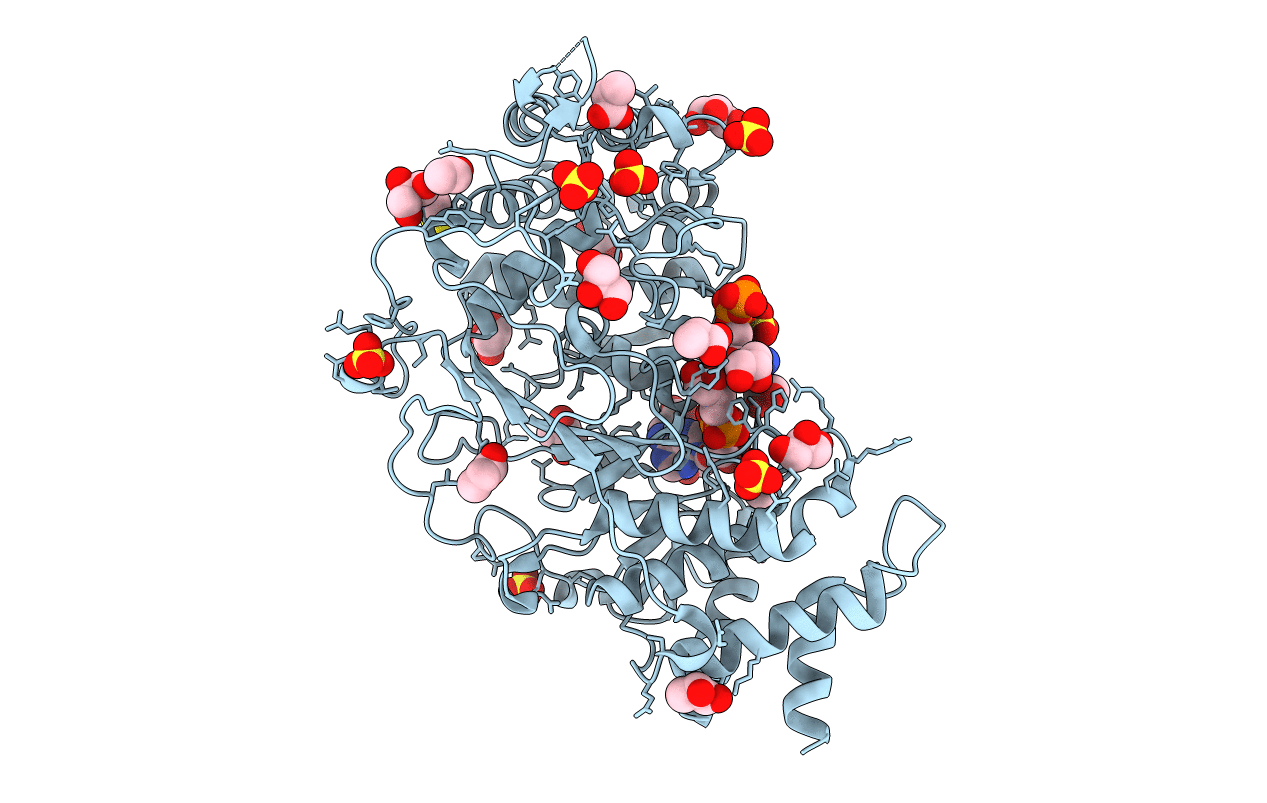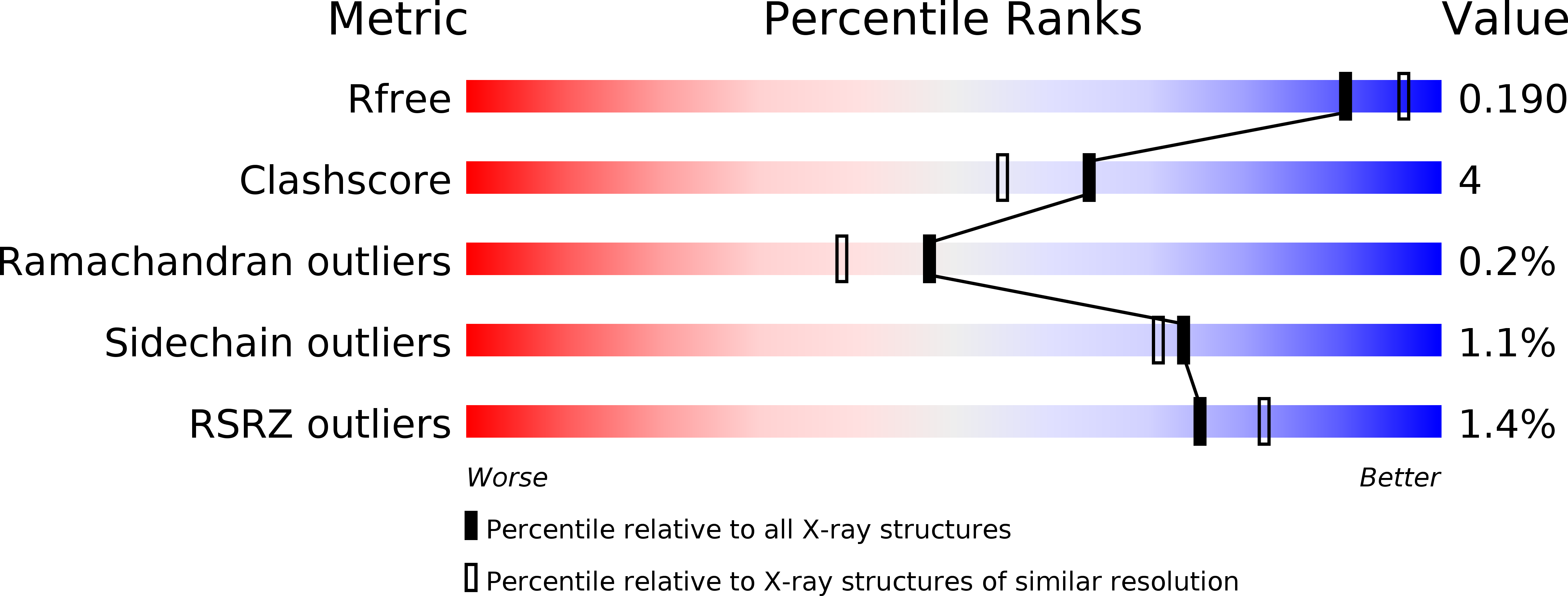
Deposition Date
2015-07-09
Release Date
2015-07-22
Last Version Date
2024-01-10
Entry Detail
PDB ID:
5A7R
Keywords:
Title:
Human poly(ADP-ribose) glycohydrolase in complex with synthetic dimeric ADP-ribose
Biological Source:
Source Organism:
HOMO SAPIENS (Taxon ID: 9606)
Host Organism:
Method Details:
Experimental Method:
Resolution:
1.95 Å
R-Value Free:
0.17
R-Value Work:
0.13
R-Value Observed:
0.13
Space Group:
P 21 21 21


